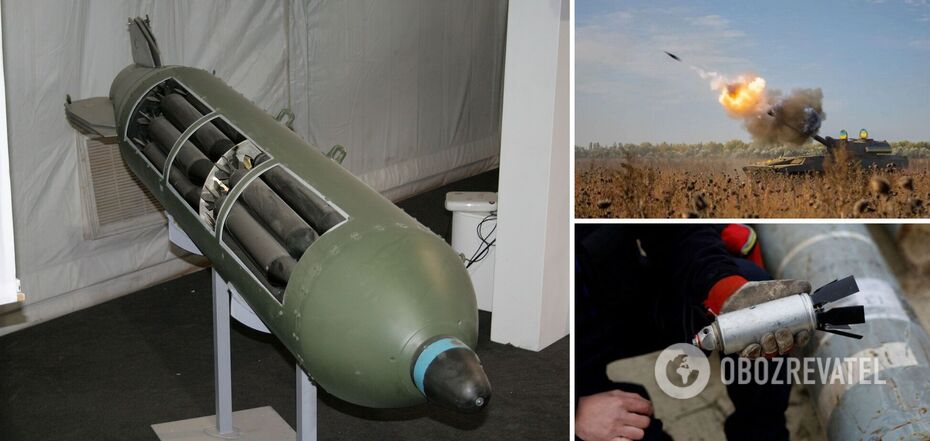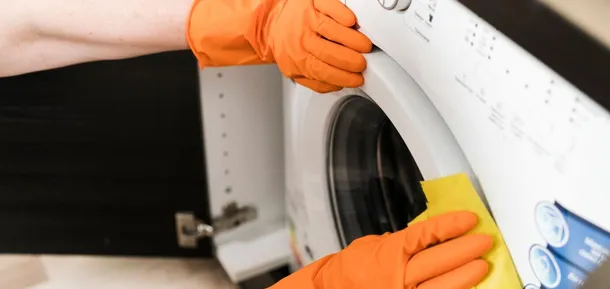War in Ukraine
Ukraine may receive cluster munitions from the U.S. as early as July: how it will help Ukrainian Armed Forces and why the discussions about their transfer continue
The United States is considering the possibility of providing cluster munitions to Ukraine, which may be officially announced at the beginning of the next month. In particular, the possibility of providing Ukraine with advanced conventional dual-use ammunition (DPICMs) is being considered.
This was reported by NBC News, citing statements by U.S. officials. At the same time, some human rights groups oppose their use because of fears that unexploded bombs could explode after combat, injuring or killing innocent civilians.
Since early last year, Ukraine has asked the U.S. for DPICM munitions, but the offer has been rejected because of the current international agreement, the Convention on Cluster Munitions, which prohibits the transfer, use and stockpiling of this type of weapon.
Although the U.S., Ukraine and Russia are not parties to this agreement, more than 100 countries, including many U.S. allies, have signed the convention.
During the Cold War, the U.S. developed cluster munitions and stockpiled them in significant numbers, but many are facing the end of their shelf life. Recently, a bipartisan group of members of Congress wrote a letter to the Biden administration asking for a "huge arsenal" to be made available to Ukraine.
DPICM cluster munitions can be used from artillery systems that the U.S. has transferred to Ukraine before.
In practice, one DPICM cluster artillery shell can do the equivalent of 10 conventional fragmentation shells. This is of great importance, especially when Ukraine is facing ammunition supply difficulties.
What are cluster munitions and why are they banned in many countries?
A cluster munition is a special type of aerial bomb that has thin walls and consists of several components. It consists of a tip, a casing and a hollow shell. The interior of the munition is filled with small fragments, aircraft mines and mines of various types (anti-tank, anti-personnel, and incendiary). The weight of all dangerous content in one ammunition can be up to 10 kg.
A cluster bomb consists of baffles on which at least ten mines and small parts are placed. When the bomb explodes in the air, the mines are released and dispersed throughout the target area.
A cluster bomb contains airmines that are often filled with small fragments and other small elements. These airstrikes have a wide range of effectiveness and are used to kill enemies or eliminate equipment.
According to certain data, a single aerial bomb projectile has the potential to penetrate armor up to 17 cm thick.
The cluster bomb is not only characterized by exceptional blast force, but also has a latent threat. For a variety of reasons, such as an imperfect detonator mechanism, some of the mines ejected from the casing may not explode immediately. According to preliminary data, about 5% of aircraft bombs are not activated and turn into conventional anti-personnel mines. An additional threat is their ability to burrow deep into the soil and not detonate for a long time, exploding on contact with external objects.
Most shells of this type are not precision weapons. When they are used in residential areas of cities, it can cause significant loss of life, so they were banned by the Dublin Convention in 2008.
Earlier it was reported that a majority of U.S. citizens support providing weapons to Ukraine to fight the Russian occupation army. Moreover, Americans believe that such assistance demonstrates to China and other U.S. rivals the desire to defend their interests and allies.
Earlier, U.S. Secretary of State Anthony Blinken announced a package of additional aid totaling $1.3 billion. He assured that the United States would support Kyiv for as long as necessary.
Only verified information on our Telegram channel Obozrevatel and on Viber. Don't be fooled by fakes!



























